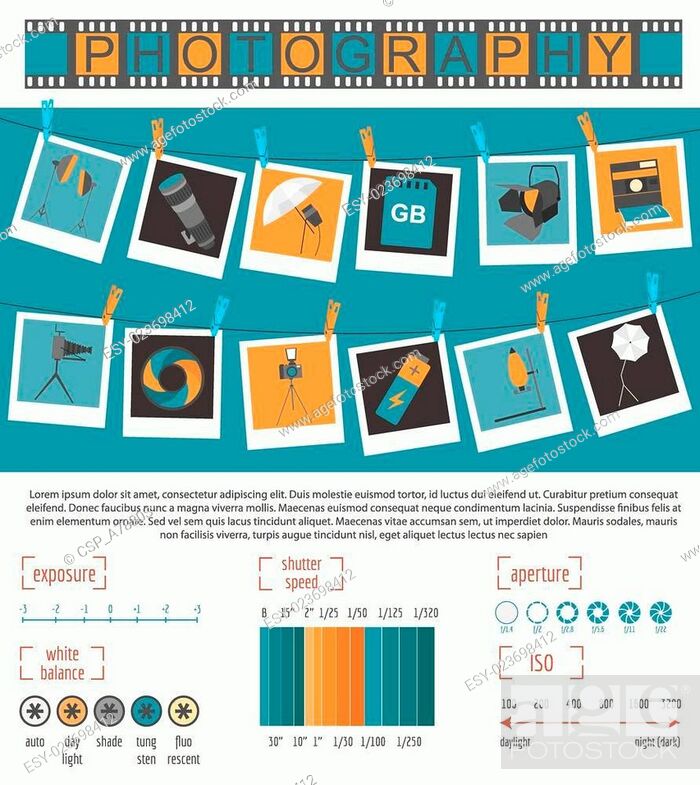Change Your Photography By Grasping Lighting Techniques That Can Boost Your Photos-- Discover The Common Risks That Could Be Holding You Back
Change Your Photography By Grasping Lighting Techniques That Can Boost Your Photos-- Discover The Common Risks That Could Be Holding You Back
Blog Article
Created By-Gillespie Godwin
As a professional photographer, you recognize that lighting can make or break your images. Comprehending the subtleties of both all-natural and synthetic light is necessary for catching the mood and quality you go for in your work. Whether you're chasing the perfect golden hour radiance or adjust your fabricated configurations, understanding these aspects can boost your photography dramatically. Yet there prevail challenges that several neglect, and acknowledging them can change your approach to every shoot. Allow's explore what copyright photos near me may be missing out on and just how it can affect your outcomes.
Recognizing Natural Light
Understanding natural light is vital for any type of photographer aiming to boost their work. It's the structure of wonderful digital photography, affecting state of mind, tone, and clearness. When you fire outdoors, focus on the moment of day. The golden hour-- soon after dawn and prior to sunset-- uses soft, warm light that can change regular scenes into sensational photos.
Do not ignore the power of overcast days. Cloud cover diffuses sunlight, producing a soft, even light that's best for pictures and macro photography. You'll find shades appear this type of lights without extreme shadows.
Positioning matters, too. Constantly consider your topic's positioning to the light. If the sun's behind your subject, you may wind up with a silhouette, which can be dramatic yet mightn't be what you want. Alternatively, straight sunlight can produce uncomplimentary darkness.
Try out angles; sometimes, transforming your viewpoint can generate amazing outcomes. Usage all-natural reflectors, like water or sand, to jump light onto your subject, including measurement.
Learning Artificial Light
Understanding fabricated light is essential for professional photographers who intend to take their abilities to the following degree. Whether you're using speedlights, workshop strobes, or constant lights, understanding just how to adjust these sources can considerably enhance your pictures.
Beginning by familiarizing yourself with the fundamentals of light quality, direction, and shade temperature. Experiment with different modifiers like softboxes, umbrellas, or grids to control the gentleness or harshness of the light.
You'll locate that soft light typically creates flattering outcomes, while harsher light can include drama and depth. Do not shy away from shadows; they can improve the three-dimensionality of your subjects.
Pay attention to the positioning of your lights. A light positioned as well near your topic can produce uncomplimentary outcomes, while too far can cause an absence of detail. Use a light meter or your video camera's pie chart to ensure you're subjecting properly.
Finally, keep in mind that man-made light can be blended with ambient light for imaginative effects. Stabilizing these sources might take practice, but once you master it, your digital photography will genuinely shine.
Methods for Different Scenarios
When you step into different shooting circumstances, adapting your lights techniques is vital for catching the best images. For outside pictures, make use of the golden hour-- morning or late afternoon light-- to soften darkness and improve complexion.
If it's a harsh noontime sunlight, take into consideration making use of a reflector to bounce light back onto your topic or seek shaded areas for a more even exposure.
In low-light situations, like indoor occasions, raise your ISO and use a wide aperture to allow in even more light. A tripod can assist remove video camera shake, enabling longer direct exposures without blurring.
If you're shooting at night, try out off-camera flash to create dynamic lighting and depth in your pictures.
For item digital photography, utilize diffused lighting to prevent extreme representations. Softboxes or light outdoors tents can help achieve this result.
When photographing landscapes, take into consideration the instructions of light and time of day, as it can drastically transform the mood of your shot.
Always prepare to change your setups and positioning based on the situation, as versatility is essential to mastering illumination in digital photography.
Final thought
To conclude, mastering lighting is vital to boosting your photography skills. Embrace natural light's beauty throughout golden hour, and don't shy away from experimenting with fabricated light methods. By adapting headshots for acting near me to different scenarios, you'll record sensational images that resonate with emotion and clearness. Bear in mind, the appropriate lighting can change a common shot into something amazing, so maintain exercising and improving your understanding of both all-natural and synthetic light. Delighted shooting!
